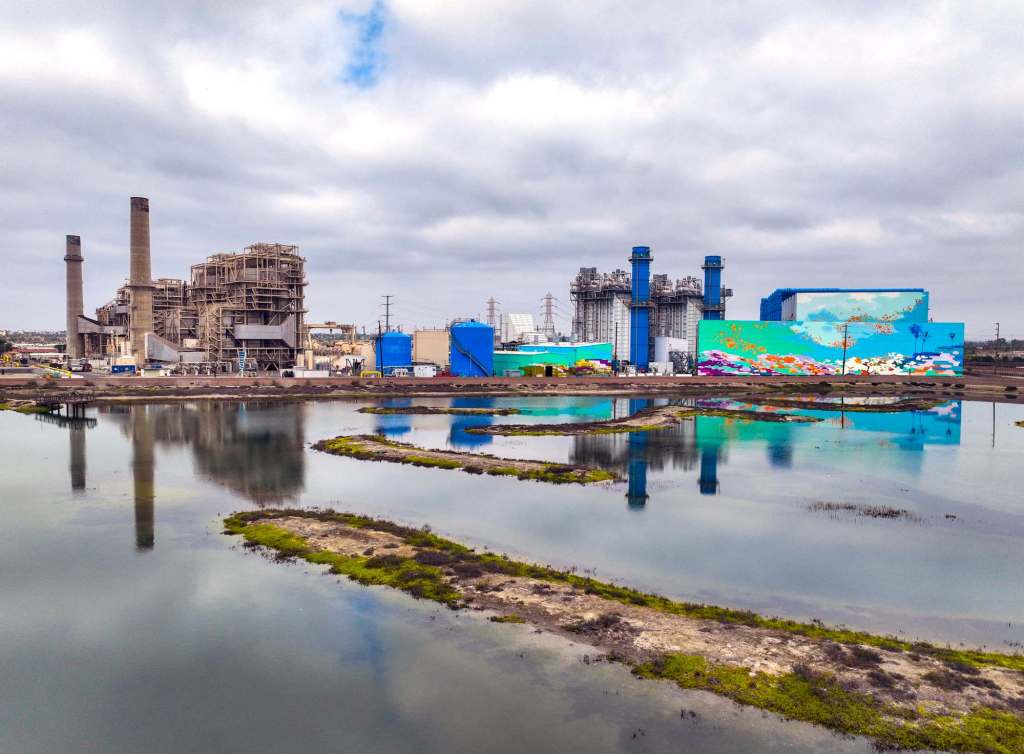By SOPHIE AUSTIN | Associated Press/Report for America)
Temperatures in many California cities are cooling down this week, but a debate is simmering on how to generate enough electricity to power the state through extreme weather events while transitioning away from a reliance on fossil fuels.
The California Energy Commission voted Wednesday to extend the life of three gas power plants along the state’s southern coast through 2026, postponing a shutoff deadline previously set for the end of this year. The vote would keep the decades-old facilities — Ormond Beach Generating Station, AES Alamitos and AES Huntington Beach — open so they can run during emergencies.
Also see: More environment-friendly power generators go online in Huntington Beach
The state is at a greater risk of blackouts during major events when many Californians simultaneously crank up their air conditioning, such as a blistering heat wave.
“We need to move faster in incorporating renewable energy. We need to move faster at incorporating battery storage. We need to build out chargers faster,” commissioner Patricia Monahan said. “We’re working with all the energy institutions to do that, but we are not there yet.”
The plan, put together by the state’s Department of Water Resources, still needs final approval from the State Water Resources Control Board, which may vote on the issue next week. Democratic Gov. Gavin Newsom signed legislation last year creating an energy reserve the state could use as a last resort if there is likely to be an energy shortage. The law allowed the Department of Water Resources to fund or secure power sources in those instances.
The commission acknowledged it was a difficult decision. Environmentalists say the state needs to transition to more short- and long-term solutions that will help it move away from fossil fuels and to rely more on renewable energy sources like solar and wind. They’re also concerned about the health impacts associated with…
Read the full article here






